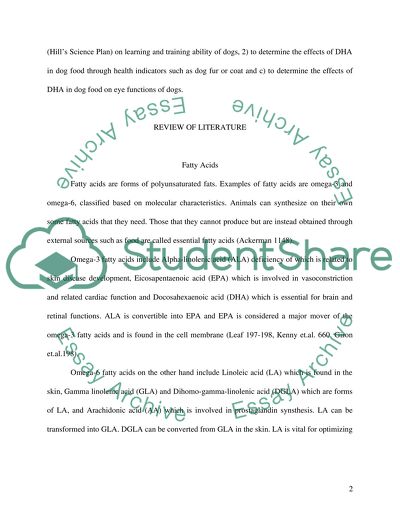Cite this document
(Effect of Docosahexaenoic Acid in Dog Food Research Proposal, n.d.)
Effect of Docosahexaenoic Acid in Dog Food Research Proposal. https://studentshare.org/biology/1504260-effect-of-docosahexaenoic-acid-in-dog-food
Effect of Docosahexaenoic Acid in Dog Food Research Proposal. https://studentshare.org/biology/1504260-effect-of-docosahexaenoic-acid-in-dog-food
(Effect of Docosahexaenoic Acid in Dog Food Research Proposal)
Effect of Docosahexaenoic Acid in Dog Food Research Proposal. https://studentshare.org/biology/1504260-effect-of-docosahexaenoic-acid-in-dog-food.
Effect of Docosahexaenoic Acid in Dog Food Research Proposal. https://studentshare.org/biology/1504260-effect-of-docosahexaenoic-acid-in-dog-food.
“Effect of Docosahexaenoic Acid in Dog Food Research Proposal”. https://studentshare.org/biology/1504260-effect-of-docosahexaenoic-acid-in-dog-food.


